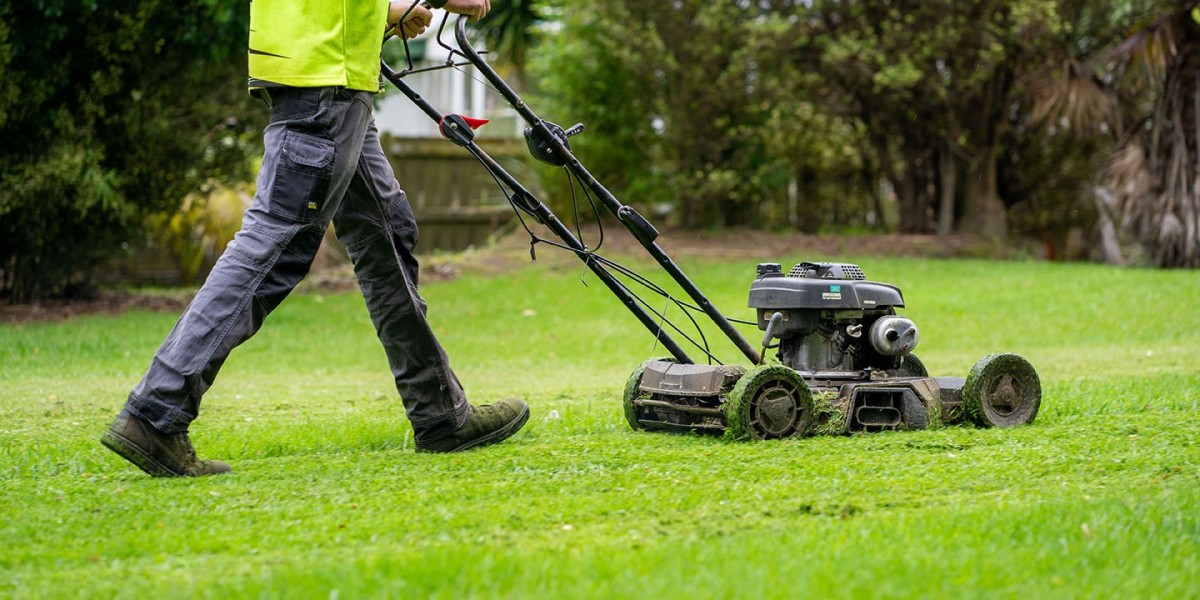Maintaining a lush, green lawn is something many New Zealand homeowners aspire to. I know the satisfaction that comes from stepping out onto a well-cared-for lawn; it’s both visually appealing and an inviting space to relax. However, the task of lawn care often feels overwhelming, especially given New Zealand’s unique climate and the varying needs of different grass types. In this guide, I’ll share some essential lawn care tips to keep your lawn healthy, resilient, and beautiful year-round.
Understanding New Zealand’s Climate and Its Impact on Lawn Care
New Zealand’s diverse climate, which ranges from subtropical in the north to temperate in the south, means that lawn care needs can vary significantly depending on where you live. Warmer regions will require more frequent watering, while cooler areas might need a different fertilisation schedule. The seasonal changes play a big role, too, so let’s look at how to approach lawn care throughout the year.
Preparing Your Lawn for Each Season
Spring Lawn Care
Spring is a critical time for lawn care. As temperatures warm up, your lawn will start growing vigorously, so it’s the perfect time to give it a boost. I always recommend starting with a deep aeration to relieve compaction from the colder months. Aerating allows nutrients, water, and air to reach the root zone, which strengthens the grass.
After aerating, apply a balanced fertiliser to encourage growth. This is also a good time to overseed any thin or bare patches, giving your lawn a uniform, healthy appearance. Regular watering is crucial, particularly if spring rainfall is low.
Summer Lawn Care
Summer can be tough on lawns in New Zealand. High temperatures and dry spells can stress the grass, making it susceptible to diseases and weeds. To combat this, mow your lawn at a higher height to provide shade to the roots and retain moisture in the soil. Water deeply but infrequently, aiming to do so early in the morning to reduce evaporation.
If you notice any weeds, address them promptly, as they compete with your grass for resources. Keep an eye out for pests as well, as summer is when many of them thrive.
Autumn Lawn Care
Autumn is all about preparing your lawn for the cooler months. Lower your mower height gradually as the season progresses, which helps keep the grass manageable during winter. This is also an ideal time to fertilise, as the grass will store nutrients over winter, ready for spring growth. I often take advantage of the mild weather to aerate the lawn once more, ensuring good root health before winter sets in.
Winter Lawn Care
Winter lawn care in New Zealand is relatively low maintenance. Avoid mowing if the ground is too wet, as this can cause soil compaction. However, keep an eye out for moss growth and treat it if necessary. A light, occasional trim may still be needed in milder regions, but always do so with care to prevent damage.
The Importance of Consistent Mowing
One of the most effective ways to maintain a healthy lawn is through regular mowing. While it may seem straightforward, there’s a technique to it. Consistent lawn mowing promotes denser grass, which helps prevent weeds from taking hold. Aim to mow your lawn once a week during the peak growing seasons of spring and summer. In autumn and winter, you can reduce this to once every two to three weeks, depending on growth.
Watering Tips for New Zealand Lawns
Knowing when and how to water is essential in lawn care. Early morning is the best time to water, as it gives your grass plenty of time to absorb moisture before the sun gets too hot. Avoid watering in the evening, as the cooler temperatures can encourage fungus growth. Additionally, watering deeply encourages roots to grow further into the soil, making your lawn more resilient during dry spells.
Fertilising Your Lawn Effectively
Fertilising is a key component of lawn care, as it supplies essential nutrients that the soil may lack. In New Zealand, it’s beneficial to fertilise your lawn twice a year: once in spring and once in autumn. Using a slow-release fertiliser is ideal, as it provides a steady supply of nutrients over time. Be careful not to over-fertilise, as this can lead to excessive growth and potential damage to your lawn.
Addressing Common Lawn Issues
Even with the best lawn care practices, issues can still arise. Here are a few common problems New Zealand homeowners face and how to address them:
- Weeds: Regular mowing and proper fertilisation can reduce weeds, but if they persist, consider using a selective herbicide.
- Moss: Moss can indicate poor drainage or low fertility. Aerate your soil, apply lime if the soil is too acidic, and ensure the area receives adequate sunlight.
- Brown Patches: These are often caused by pests or disease. Keep an eye out for any signs of insects or fungal growth, and address these promptly.
Conclusion
Caring for a lawn in New Zealand requires a bit of effort and a regular routine, but the results are well worth it. By understanding the seasonal needs of your lawn and tackling issues as they arise, you’ll enjoy a thriving green space that enhances your home’s outdoor appeal. For homeowners seeking a pristine lawn without the hassle, Paramount Gardening’s lawn care services offer expertise and consistent care, helping you achieve that perfect lawn all year round.



